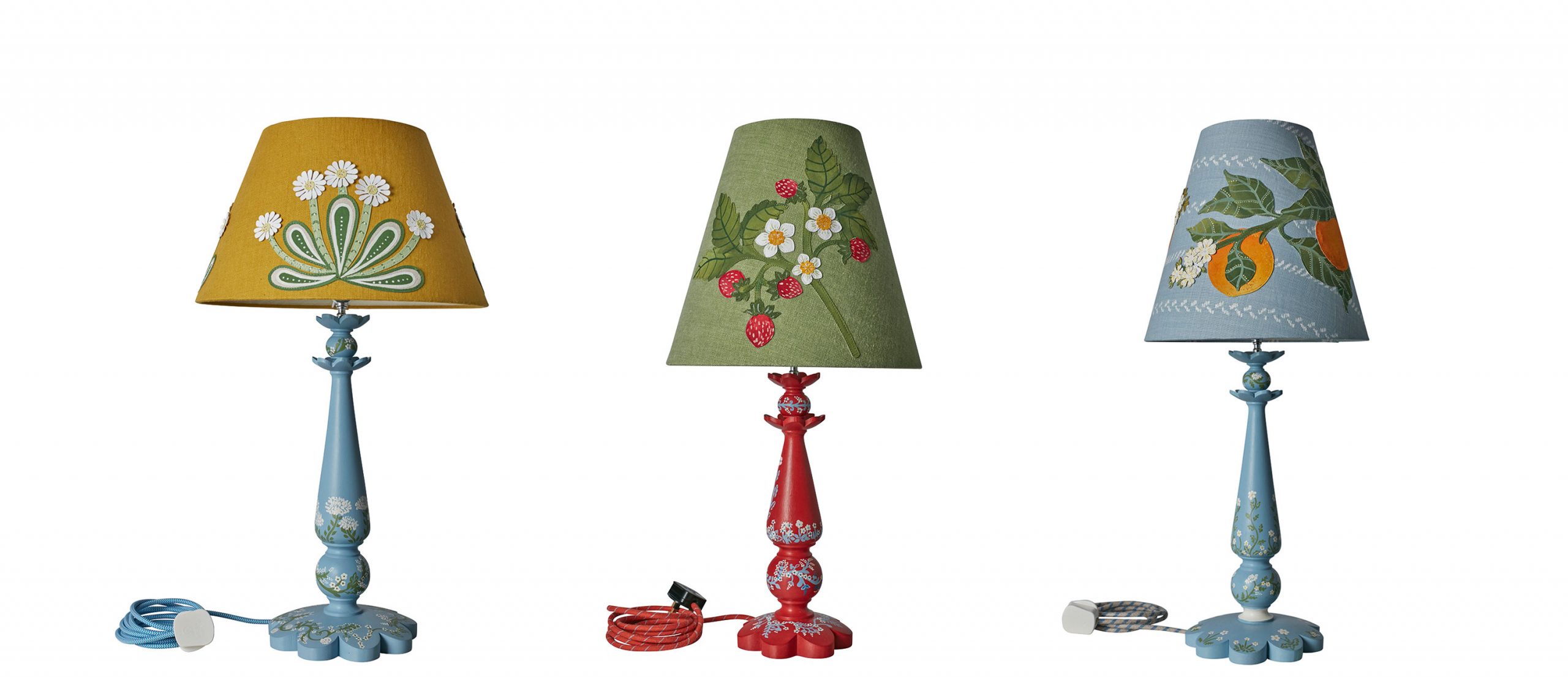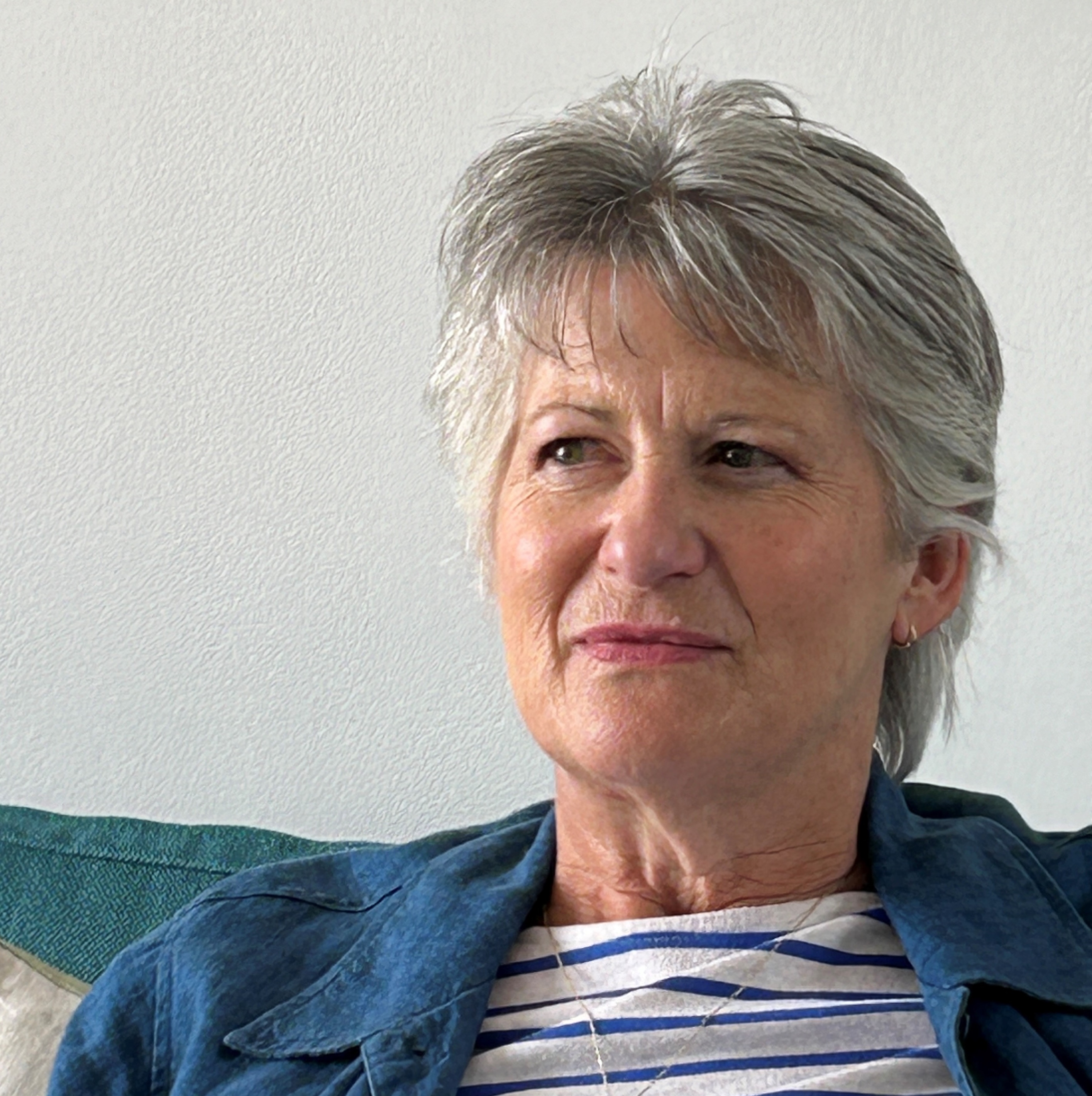The exquisite hand-painted lamps inspired by the flowers and plants of the British countryside
Natasha Hulse has turned her love of nature into beautiful fabrics. Amelia Thorpe takes a look at her latest idea.


Bespoke fabric artist Natasha Hulse is known for her dramatic three-dimensional botanical designs using handcrafted and painted appliqué, upholstered on to furniture to create bespoke pieces — her striking headboards for Kit Kemp’s bedroom designs at Firmdale Hotels have garnered plenty of attention and admiration.
Now she is launching a range of hand-painted lamp bases and embroidered, appliquéd shades, inspired by the flowers and plants of the British countryside.
‘I draw inspiration from the beauty, elegance and simplicity of Nature, creating pieces that bring the serenity of Nature into a home,’ she says.

All designs start as intricate paintings, which — in the case of the lampshades — are then developed using layers of fabric into finished works of art. Each piece is hand embellished, petal by petal, with luxurious fabric paints, embroidery thread and appliqué fabric combinations before they are constructed and sewn.
The concept is always to create one-of-a-kind artworks that set off a room with individuality and charm. ‘My aim is to evoke a sense of whimsically restful and uplifting energy drawn from the pureness of natural beauty’, adds Miss Hulse.
Natasha Hulse’s hand-painted lamp bases start from £320, shades from £240 — www.natashahulse.com
Exquisite houses, the beauty of Nature, and how to get the most from your life, straight to your inbox.
Amelia Thorpe is a design and interiors journalist and regular contributor to Country Life. She spent the first half of her career book publishing, before jumping the fence to become a writer — a role that she adores. Amelia lives in London with her husband and two roguish dogs.
